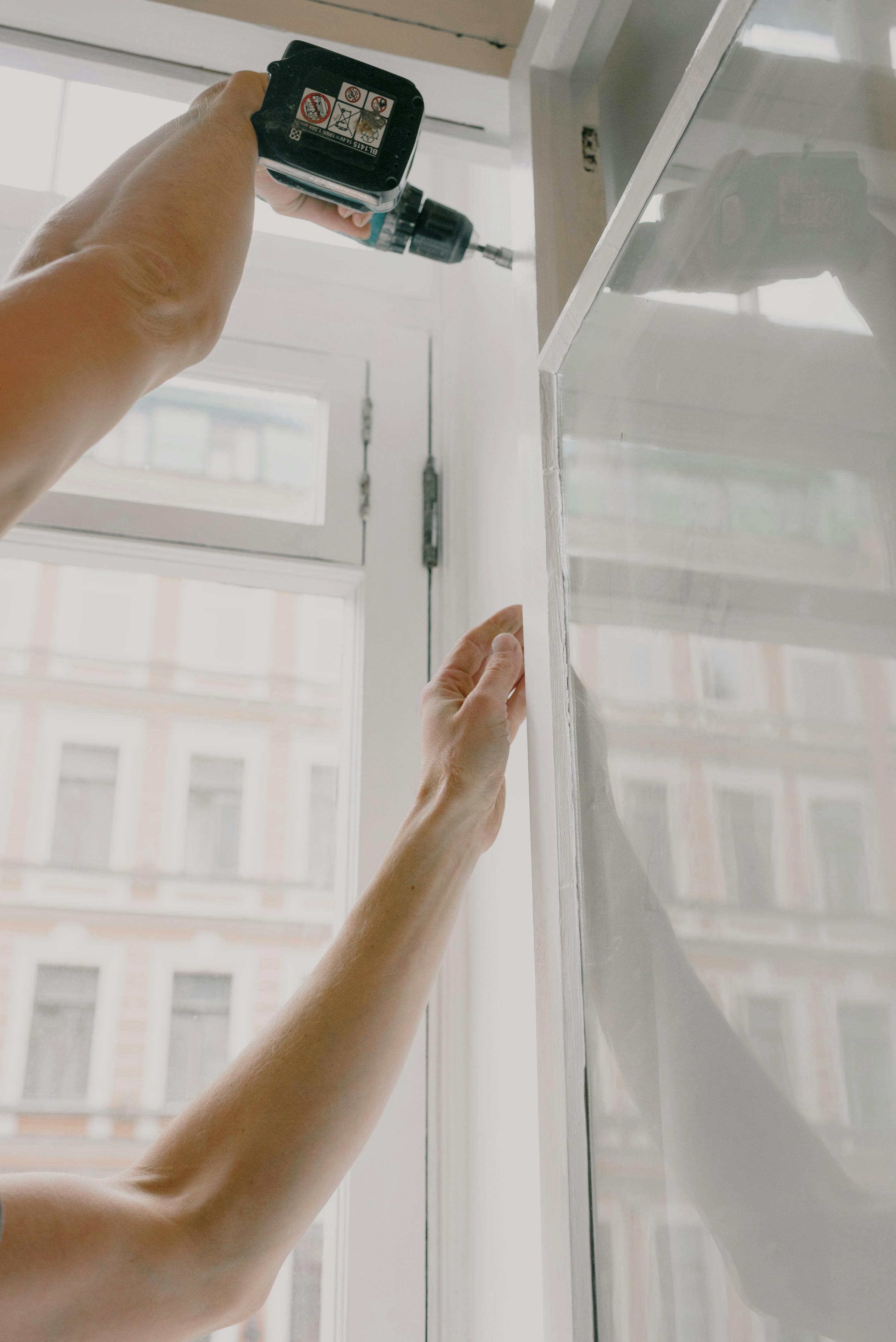
Introduction
Keeping your home clean, comfortable, and operable requires more than just regular vacuuming and dusting. An essential, yet often overlooked, element is the maintenance and prevention of sewer backflow. This crucial aspect keeps your home's sanitation system in good working order, prevents potentially harmful health risks, and can substantially reduce repair or replacement costs in the long run. This comprehensive guide is designed to help homeowners effectively strategize and apply reliable solutions for drainage system maintenance to prevent sewer backflow.
Understanding Sewer Backflow
When your sewer system is unable to adequately drain out the wastewater, it's a scenario known as sewer backflow. Sewer systems are designed to travel one way, transporting wastewater from your home to the main sewage system. If there's a blockage or malfunction in the system, the wastewater that should be moving out of your home will travel backward, resulting in a backflow. Apart from being a major inconvenience, sewer backflows represent a severe health hazard as they usually contain pollutants, pathogens, and bacteria. Understanding the signs of a potential blockage or sewer system issue is vital. Pay attention to slow draining, gurgling sounds, and unpleasant odors emanating from your drains.
Preventing Sewer Blockage and Backflow
Prevention of sewer blockage and backflow relies on good habits and regular maintenance. It’s essential to be cautious about what gets flushed down your toilet or poured down your drains. Non-degradable items like baby wipes, oil, grease, hair, and certain types of food waste can solidify and eventually cause blockages. Adopt responsible waste disposal habits and ensure your drains and pipelines stay clear from potential blockages. Educate the people living in your household about what is safe to dispose of in the drain system and what is not.
Secondly, regular maintenance and inspection of your home's sewer system will help detect potential issues early. Instead of waiting until a problem becomes noticeable, hire a professional at least once a year to check your system. They will identify any blockages, pipe damage, or other potential problems that may lead to a backflow.
Investing in Sewer Backflow Prevention Devices
Preventing sewer backflow is not only about adopting good habits and frequent maintenance but also about incorporating practical prevention devices. Backflow prevention devices, like a non-return valve, are critical for maintaining optimal functionality of your drainage system. Such devices are designed to let the water flow in one direction only and will close if the wastewater tries to move in the reverse direction.
Also, homeowners should consider installing a pumping station for their basement if it's located lower than the sewer line. Pumping stations can help remove wastewater from your house.
Managing Rainstorm and High Water Levels
Heavy rainfall and high water levels often significantly affect the sewer system’s draining capacity. It's vital to manage water levels around your property to prevent the sewage system’s overflow. Proper gutter installation, managing surface water via landscaping, and creating a sustainable garden to absorb excess water can help prevent sewer backflow.
Conclusion
Safeguarding your home against sewer backflow is an essential aspect of home maintenance. Implementing a combination of good habits, regular inspections, practical devices, and managing external factors can significantly reduce the risk of sewage blockage and backflow. This comprehensive guide is a valuable resource to help homeowners devise effective strategies for preventing sewer backflow, ultimately protecting their health, home, and pocket. Preventive measures can help mitigate the high costs associated with damages and inconveniences of a sewer system failure, ensuring a healthier, cleaner, and safer home environment.